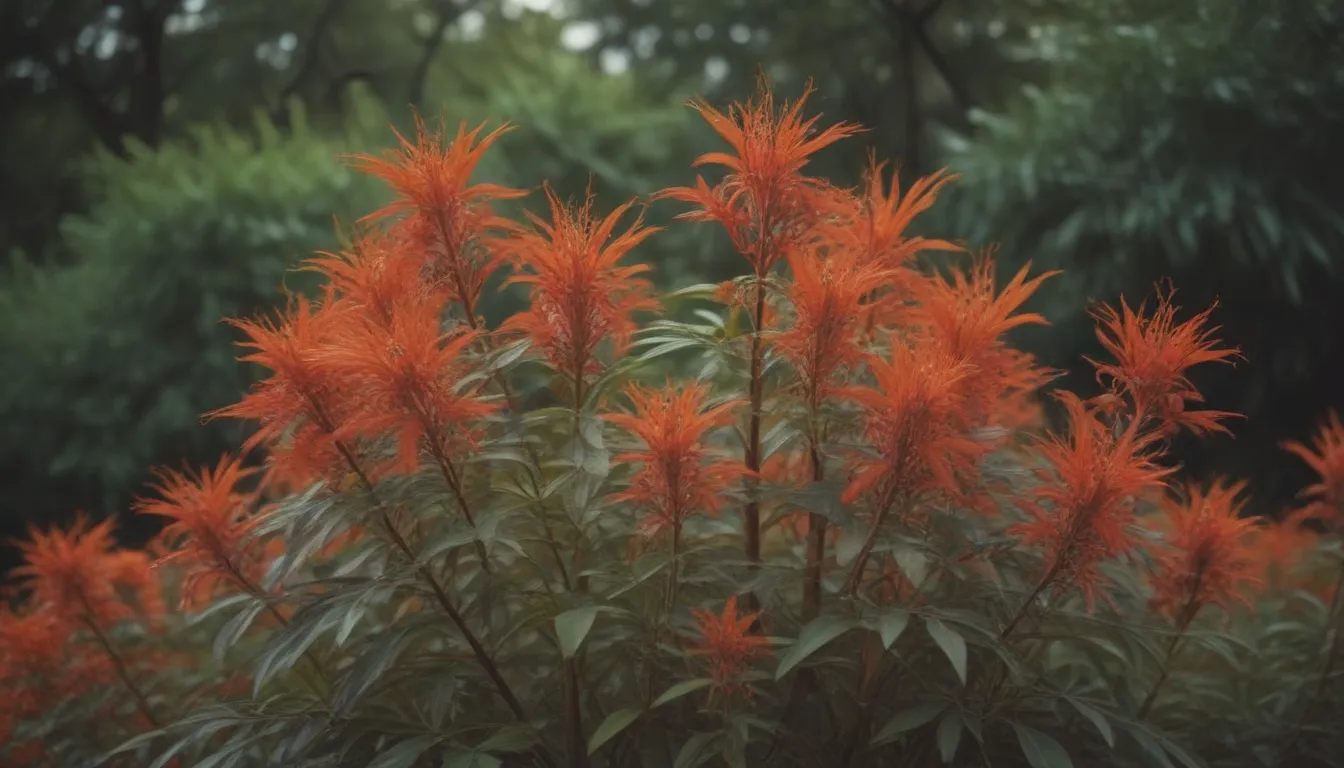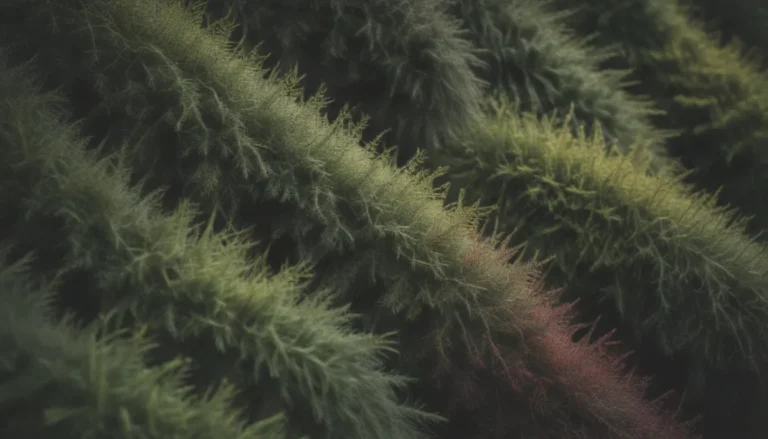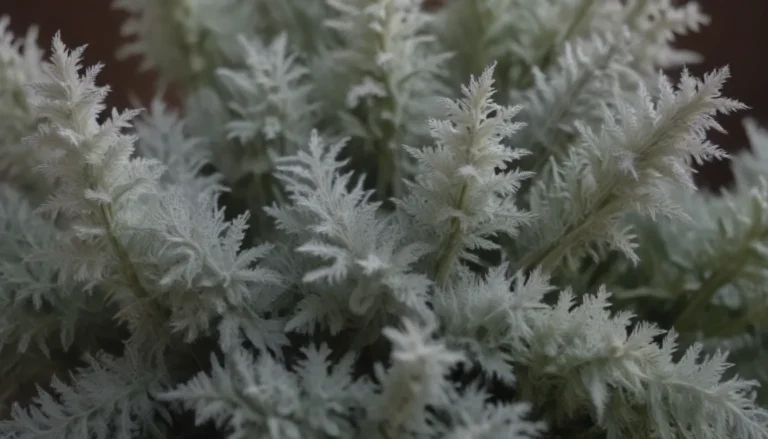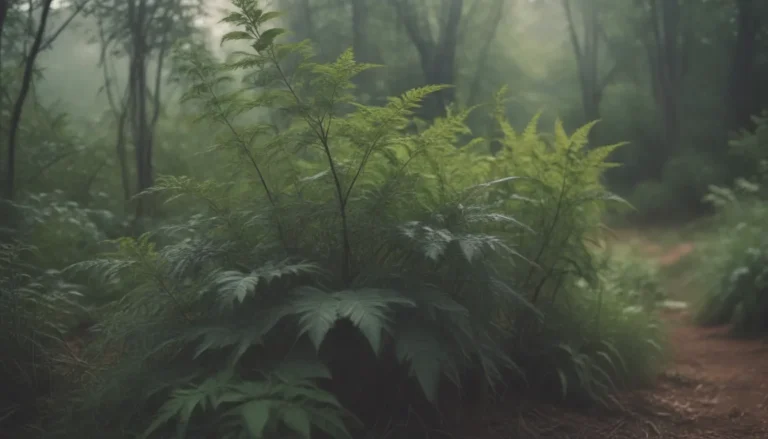In-Depth Guide on Growing and Caring for Firebush

Welcome to our comprehensive guide on how to grow and care for the stunning firebush shrub! Native to Mexico, South Florida, and Central and South America, the firebush is a vibrant plant that features colorful foliage and eye-catching orange-red tubular flowers. In this article, we will provide you with valuable information on how to cultivate and nurture this beautiful shrub in your own garden.
What is Firebush?
The firebush is a fast-growing plant that can add several feet in height each year when grown under the right conditions. It is particularly beloved for its tropical appearance and the vibrant blooms that attract butterflies and hummingbirds. Not only is the firebush a visually appealing addition to any garden, but it also has a history of medicinal use. In Mexico, the fruits of the firebush are used to make a fermented beverage, while the leaves and stems have been utilized to treat various skin conditions and insect bites.
Firebush Care Tips
To ensure the optimal growth and health of your firebush plant, it is essential to provide it with the proper care and maintenance. Here are some key care tips to keep in mind:
- Light: Firebush thrives in full sunlight and requires at least six to eight hours of sun exposure daily for abundant blooming.
- Soil: While firebush can grow in various soil conditions, it prefers well-draining soil that leans towards the drier side. The plant is susceptible to root rot, so ensure that the soil allows for proper drainage.
- Water: Once established, firebush is drought-tolerant, but it should be watered regularly during its early growth stages. Water deeply every few weeks and allow the topsoil to dry out between waterings.
- Temperature and Humidity: The firebush plant prefers high heat and is not cold-hardy. It can withstand humid conditions, but it is not a necessity for its growth.
- Fertilizer: While not necessary, firebush can benefit from fertilizer applications in the spring to boost its blooming potential.
Types of Firebush
There are two varieties of firebush available for purchase, with one being native to Florida and the other posing a risk as an invasive species. It is important to choose the Florida native variety to avoid any potential ecological harm.
Pruning and Propagating
Proper pruning is essential to maintain the size and shape of the firebush shrub. Regular trimming during warm weather and cutting back any winter damage in the spring will help promote healthy growth. Additionally, firebush can be propagated through cuttings or seeds.
Propagating Firebush:
What You’ll Need:
– Sharp scissors or garden shears
– Rooting hormone
– Potting mix
– Nursery pots
Where to Cut:
Take cuttings from healthy stems that are around 4-6 inches long.
Maintaining the Cutting:
Dip the cut end of the stem in rooting hormone before planting it in a pot with potting mix. Keep the soil moist but not waterlogged.
When to Plant the Cutting:
Plant the cutting in the spring, once the danger of frost has passed.
Growing Firebush From Seed:
Firebush seeds can be harvested from mature pods in the fall and planted in nursery trays. Keep the seeds warm and moist until they sprout, then transplant them outdoors in the spring.
Common Pests and Problems
While the firebush plant is generally hardy, it can be affected by pests such as mites, scale, aphids, caterpillars, and mealybugs. Natural treatments like neem oil can be used to address these issues. Additionally, over-watering can cause leaf yellowing or dropping, so it’s important to establish a proper watering routine.
Final Tips
Remember that the key to getting your firebush to bloom abundantly is providing it with ample sunlight. Shrubs grown in full sun will produce more blooms than those in shady areas. Lastly, firebush is a versatile plant that can tolerate salt spray and slightly salty soil, making it an excellent choice for coastal gardens.
In conclusion, the firebush is a stunning plant that can add a tropical feel to any garden. By following the care tips outlined in this guide, you can successfully grow and nurture this beautiful shrub, attracting pollinators and enhancing the visual appeal of your outdoor space. Happy gardening!





